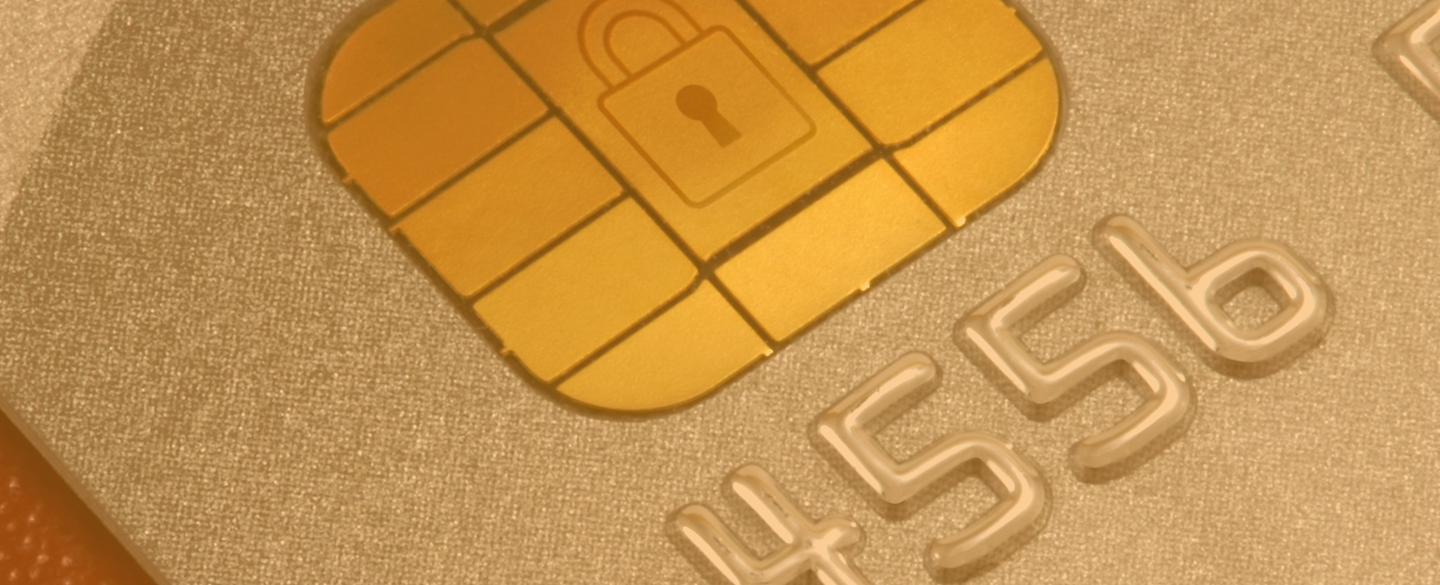The Impact of EMV Chip Cards on Fraud Prevention and Customer Security

Introduction
The transition from traditional magnetic stripe cards to EMV (Europay, Mastercard, and Visa) chip cards has been a game-changer for the payment processing industry. EMV technology has significantly improved transaction security and reduced fraud, benefiting both businesses and customers. In this blog post, we will explore the impact of EMV chip cards on fraud prevention and customer security, and discuss how small businesses can optimize their payment processing to make the most of this technology.
-
Understanding EMV Chip Card Technology
EMV chip cards contain an embedded microprocessor that stores and processes cardholder data securely. When an EMV card is used at a compatible terminal, the chip generates a unique transaction code that cannot be used again, making it virtually impossible for fraudsters to clone or counterfeit the card.
In contrast, magnetic stripe cards store data statically, making it easier for criminals to steal and replicate card information. By adopting EMV technology, businesses can significantly reduce the risk of card-present fraud and enhance the overall security of their payment processing.
-
The Impact of EMV Chip Cards on Fraud Prevention
Since the widespread adoption of EMV chip cards, there has been a notable decrease in card-present fraud worldwide. According to a study by Visa, counterfeit fraud in the United States decreased by 76% between September 2015 and December 2018 for merchants who had completed the chip upgrade.
EMV chip cards offer several layers of security that make it more difficult for criminals to commit fraud, including:
- Unique transaction codes: As mentioned earlier, EMV chips generate a one-time-use code for each transaction, making it much more difficult for fraudsters to use intercepted data for unauthorized transactions.
- Cardholder verification: EMV chip cards support various cardholder verification methods, such as PIN entry or signature, adding an additional layer of protection against unauthorized transactions.
- Offline authentication: EMV chips can perform offline authentication, which allows for secure transactions even when the terminal is not connected to the internet or the card issuer's network.
-
EMV Compliance and Liability Shift
In October 2015, the major card networks introduced a "liability shift" in the United States. This shift meant that merchants who had not upgraded their payment terminals to accept EMV chip cards would be held financially responsible for any fraudulent transactions that could have been prevented with an EMV-compatible terminal.
By complying with EMV standards and upgrading their payment terminals, businesses can protect themselves from financial losses associated with card-present fraud and provide a more secure payment environment for their customers.
-
The Importance of EMV for Small Businesses
Small businesses are not immune to the risks of payment card fraud. In fact, they can be particularly vulnerable due to their limited resources and the potential impact of a single fraudulent transaction. By adopting EMV technology, small businesses can:
- Reduce the risk of fraudulent transactions and associated chargebacks, saving money in the long run.
- Protect their reputation by providing customers with a secure payment experience.
- Stay compliant with industry standards and avoid liability for fraudulent transactions.
-
Best Practices for Implementing EMV Technology
To make the most of EMV chip card technology and enhance the security of your payment processing, consider the following best practices:
- Upgrade your payment terminal: Ensure that your payment terminal is EMV-compatible and supports contactless payments, as these also use EMV technology. This will allow you to accept a wide range of payment methods, including chip cards and mobile wallets.
- Train your staff: Educate your employees on how to properly handle EMV transactions and the benefits of EMV technology for both your business and your customers.
- Regularly update your terminal software: Keep your payment terminal's software up to date to ensure
Conclusion
To conclude, the adoption of EMV chip card technology has had a significant positive impact on fraud prevention and customer security. By upgrading to EMV-compatible payment terminals and following best practices, businesses can protect themselves from the financial losses associated with card-present fraud and provide a safer transaction experience for their customers. As technology continues to advance and new threats emerge, staying current with the latest security measures, such as EMV, is essential for businesses of all sizes to maintain customer trust and ensure long-term success.





